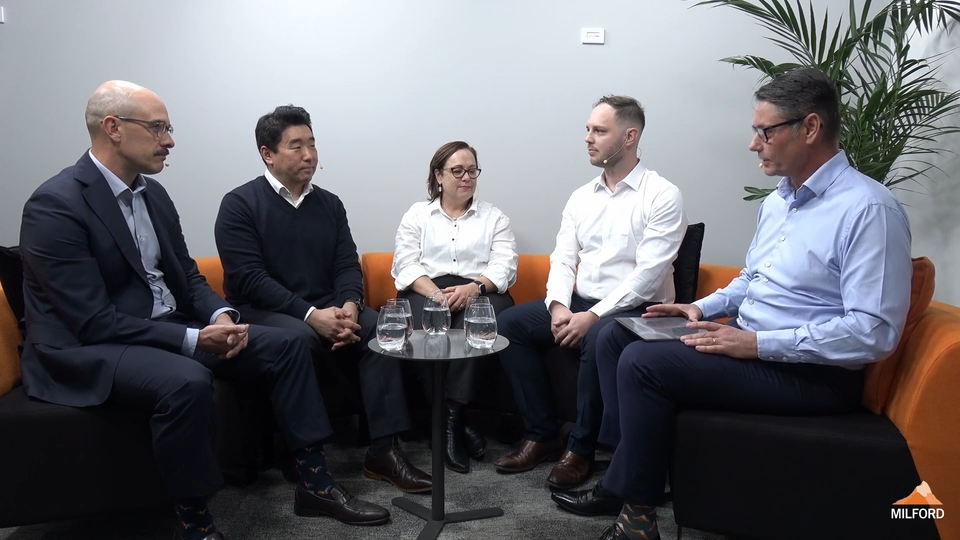What does Coretex do?
Coretex Limited is a privately owned NZ company that operates internationally in the heavy vehicle telematics sector. Coretex installs a hardware unit, a little bigger than a smart phone, into the cab of a heavy truck to enable that truck to communicate directly with its head office with information about the engine, how the driver is driving and often about the condition of the load onboard. It can provide real time driver feedback or notification of an incident. These systems are crucial to manage modern fleets, which are sometimes as large at 10,000 trucks. In recent years, cameras have been added as another layer of sophistication to verify delivery or incidents. Coretex has built its reputation on dealing with complex transport verticals, such as concrete delivery, that need deep knowledge and integration into the core enterprise planning systems of their clients.
Coretex will either sell or lease the hardware and charge an ongoing, recurring, monthly fee per truck.
Why did Milford invest in Coretex?
Milford first invested in Cortex in 2015. At that time, the technology was not fully penetrated in transport fleets in New Zealand, Australia and the United States. It was forecast that this drive to nearly full penetration was going to see a wave of fleets needing the units. We also theorised that there would need to be a second (and potentially third) wave of uptake as fleets and supply chains become more digitised and sought more sophisticated telematics units to provide greater visibility into the supply chains of large organisations.
How was Coretex impacted by COVID-19?
Coretex was in a fortunate position during the pandemic, with its customers generally considered ‘essential services’ so they could continue to operate. Coretex had over 60% of revenues that were recurring in nature (and this percentage increased through the pandemic). However, new sales activity was effectively paused for a nine-month period, resulting in overall revenue declining for FY21. During this period, Coretex lifted investment in its next generation hardware and software platforms so that, when markets for new products reopened in 2021, they were prepared to re-accelerate their growth.
In July 2021 the conditional sale of Coretex to NZX and ASX listed EROAD was announced. Why did Milford sell?
The global telematics market is very large and has a number of players who are 10 to 20 times the size of Coretex. That size enables massive scale benefits in terms of sales and marketing and product development. Coretex has been a technical leader in certain niche transport verticals, however the newly developed CoreHub product has broader application across the entire market, particularly in the US and Australia. The sale to EROAD will enable the sales and marketing of the CoreHub product to be accelerated, particularly in the US and Australia – geographies where EROAD currently has a limited footprint. The combined organisation, with over 500 staff, will also be able to accelerate further technology development and compete head-to-head with the largest players in the industry. Assuming the sale receives the necessary regulatory approvals, Milford will receive cash and shares in EROAD as consideration for the sale of its shareholding in Coretex. This will represent an attractive premium on the cost of our initial investment and by retaining a shareholding in the combined entity we look forward to an exciting future for the combined organisation.


